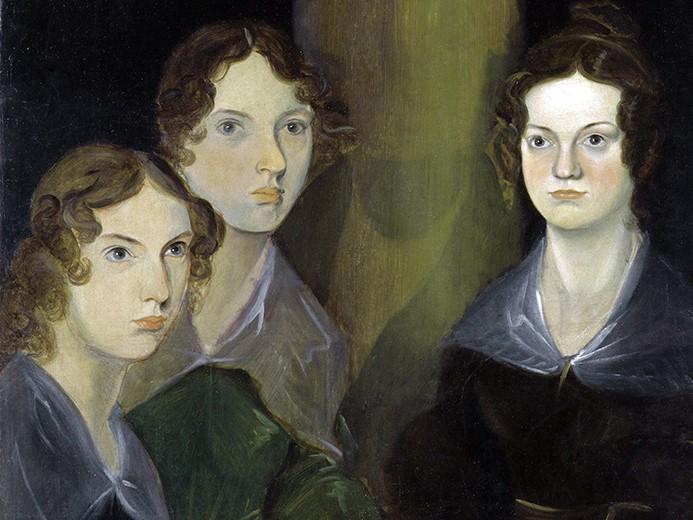
What is peer review and why it is important?

Science historians usually date the history of peer review back to 1665. Henry Oldenburg, the founding editor of the Philosophical Transactions of the Royal Society of London, is widely believed to have been the first editor to consult external reviewers. Fast-forward more than 300 years and the approach has become the bedrock of academic research.
Significant advancements in science would not be possible without peer review. Having multiple experts in a field analyse a paper helps to identify errors, improve the rigour of the paper and demonstrate the value of the science. It enhances knowledge- and expertise-sharing between reviewers and authors, which in turn benefits the wider readership of the published article.
- How thought leadership can build your institution’s reputation online
- Get your research out there: 7 strategies for high-impact science communication
- We must confront the assumptions that have held back HE for centuries
For the reviewer, it’s a way to see literature ahead of time while also getting an idea of what good or bad research looks like. It also helps forge relationships within the community. When we carried out a survey in 2020 about peer reviewer motivations, early career researchers indicated that building a relationship with the editor of a journal was important. Reviewing provides a great opportunity to interact with journal editors and fellow scientists in the field.
What is peer review and how does the process work?
When a manuscript is submitted to a journal, the editor will screen and assess it to see if it is right for the journal’s scope before deciding whether to send it for full peer review. Generally, editors try to obtain an evaluation from two reviewers, although some journals require more reports.
Once the reviewers have agreed to work on the manuscript, the formal peer review begins. At IOP Publishing, reviewer reports are not shared between separate reviewers, and it is not unusual for there to be a range of responses from reviewers, sometimes with differing views. This is when it is down to the editor to make an informed call based on the reports received. Where reviewer reports are not in agreement, the manuscript and reports are sent to an independent adjudicator – who is often a member of the journal’s editorial board – and a decision is made based on the adjudicator’s recommendation.
Where there is sufficient agreement between the reviewers, the manuscript may be accepted in its current form. Alternatively, it might be sent to the authors for revision based on their feedback, or it might be rejected.
Editorial decisions and responsibilities
When selecting a reviewer, an editor will look at the potential reviewer’s research interests and institutional profile to check that they have the correct expertise.
The editor wouldn’t expect all reviewers to have published extensively in their field, but they would look for someone who has been a co-author on multiple papers. To avoid conflicts of interest, a reviewer who works at the same institution or who has co-authored a paper with any of the authors of the manuscript would not be invited to review.
Ensuring that reviews are conducted fairly is built into every step of the process. As at most reputable publishers, at IOP Publishing, our peer review policies follow the Committee on Publication Ethics (COPE) guidelines. Should an author wish to appeal against a rejection, they must provide evidence or new information that directly addresses a reviewer’s criticism. The journal’s editorial board will then consider the appeal, and if successful the article may re-enter the peer review process.
Editorial teams also focus on getting important research out quickly and efficiently without compromising on service or quality. Peer review speeds can vary from journal to journal. But to give an idea, in 2021 our average time from submission of a manuscript to first decision was 21 days and to acceptance was 88 days.
What reviewers look out for when reviewing a paper
When they are reviewing a paper, a reviewer will be looking for:
- Scientific rigour: are the methods clear and robust? Are the conclusions supported by the results? Is the research reproducible?
- Originality: is the work relevant and novel? How likely is it to be cited by other researchers?
- Significance: what kind of impact will the research have on the field? Is it timely?
A reviewer won’t typically correct grammatical or typographical errors. So long as the meaning is clear and comprehensible, these issues will be picked up at the post-acceptance stage.
Eliminating peer review bias
In an ideal world, the scientific process would be entirely objective and rational. However, several studies have shown that bias exists in the peer review process. New practices have evolved to address these issues.
Many journals use a model known as single-anonymous peer review. The reviewers know who the authors are, but the authors do not know who the reviewers are. This approach risks that reviewer bias against the author, whether conscious or unconscious, might creep in.
Double-anonymous peer review, by contrast, means that the identities of both reviewers and authors are concealed. This approach gives all manuscripts a fairer chance as it is less prone to reviewer bias. At IOP Publishing, we complement this approach with transparent peer review as an option, which is when the identities of the reviewers and their reports are made public after the manuscript is published. This makes reviewers more accountable for their comments.
The drawback, of course, is that reviewers could fear criticising senior researchers and receiving retribution. We believe that when combined with double-anonymous, the two processes complement each other, allowing for maximum objectivity during the review process, and maximum transparency after publication.
How to become a peer reviewer
Progress from author to reviewer can take many paths. One of the first steps is to take advantage of the many educational resources provided by academic publishers. At IOP Publishing, we offer a peer review training programme tailored for the physical sciences to help early career researchers increase their peer review competency.
Another option to gain reviewer experience is by co-reviewing a paper with a colleague. When an established reviewer receives an invitation to review, they will sometimes invite a more junior colleague to work with them. The senior researcher would help guide the junior researcher through the reviewing process, commenting on drafts and so on. The review would in essence be “co-produced” by the two, with both researchers listed as reviewers and gaining credit.
The role of publisher is to help maintain high-quality, timely, rigorous and ethical peer review, and we deeply value the reviewers who dedicate their time to providing essential, expert feedback that ensures scientific discovery continues to flourish.
Marc Gillett is head of publishing operations at IOP Publishing.
If you would like advice and insight from academics and university staff delivered direct to your inbox each week, sign up for the Campus newsletter.
Additional Links
For more articles relevant to this topic, see our spotlight guide on critical thinking in teaching and research.


